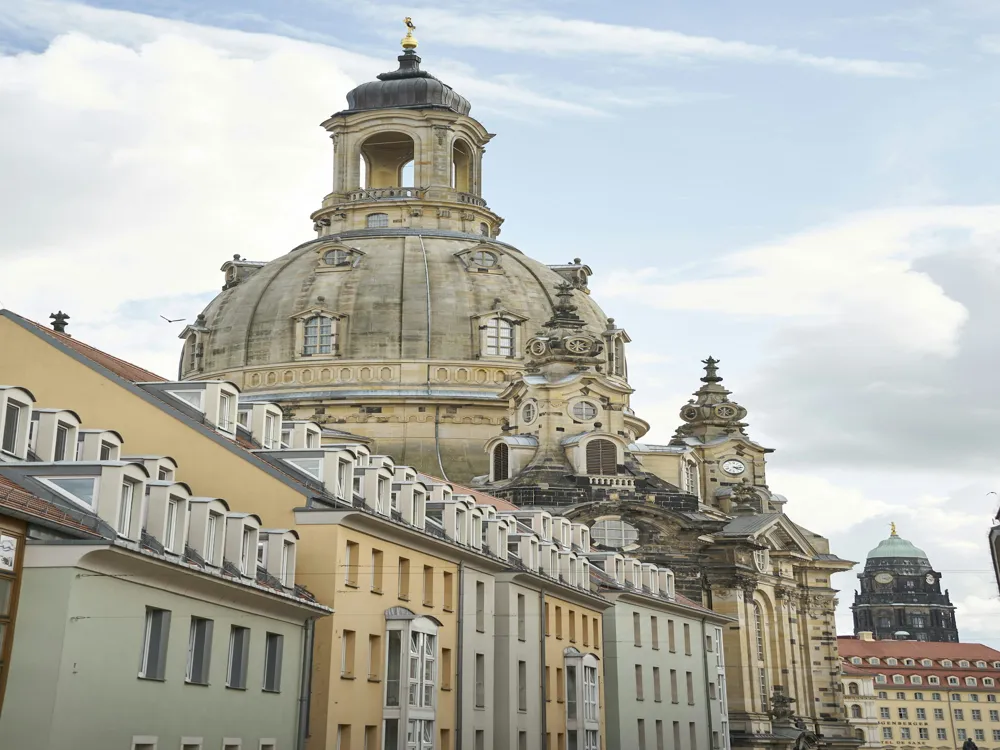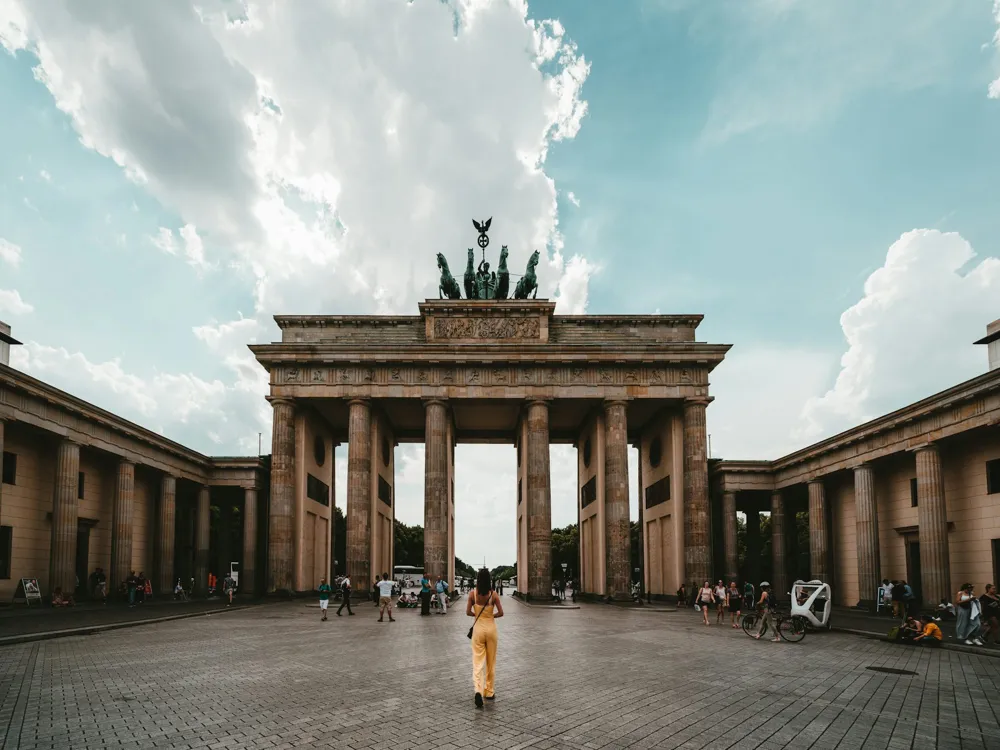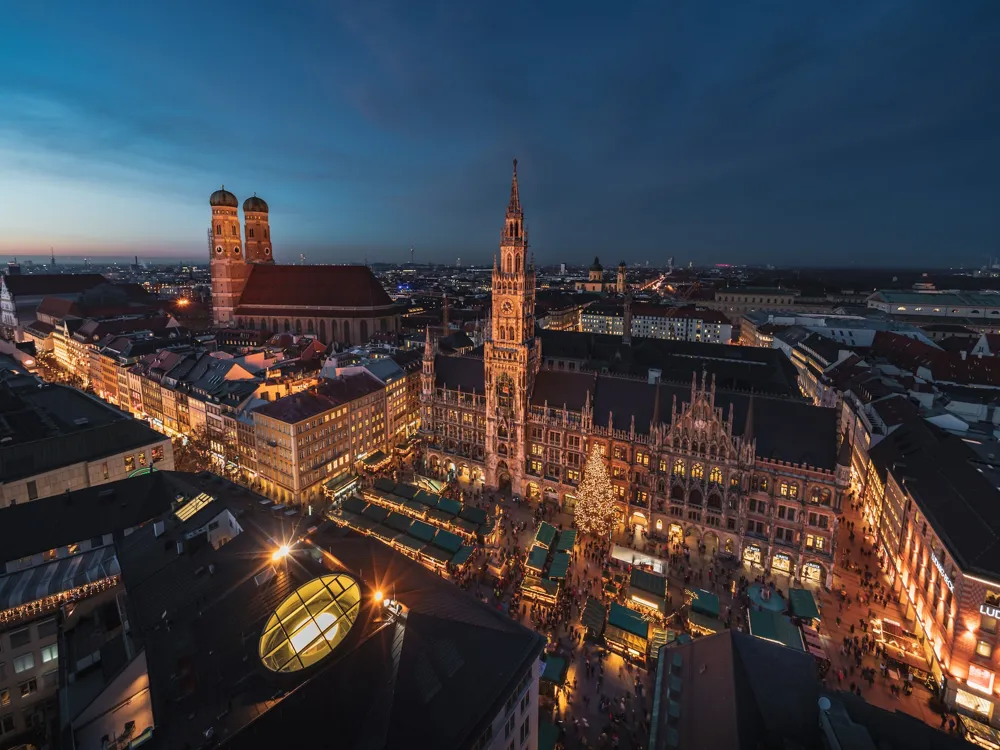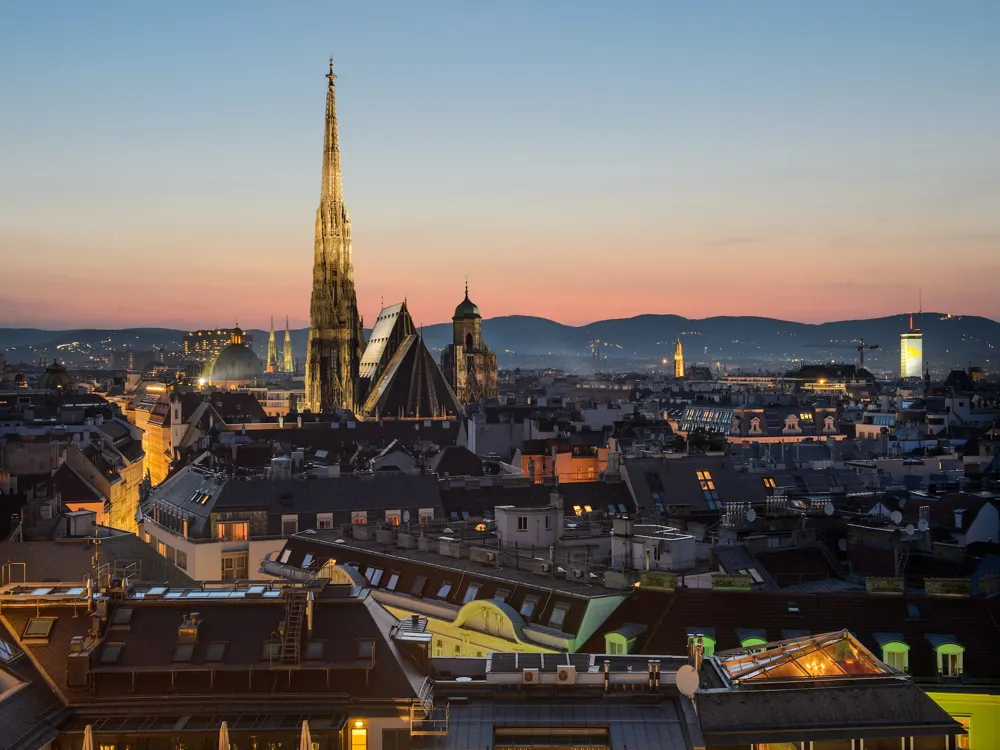The Pillnitz Palaces, nestled in the picturesque landscape of Dresden, Germany, are a remarkable ensemble of Baroque architecture and sprawling gardens. This majestic complex, comprising the Riverside Palace, the Upper Palace, and the New Palace, was originally built as a summer retreat for Augustus the Strong, Elector of Saxony, in the early 18th century. Its unique blend of Baroque and Chinoiserie architectural styles, coupled with its historical significance, makes it a fascinating destination for visitors from around the globe. The history of Pillnitz Palaces dates back to the 14th century, but it was during the reign of Augustus the Strong in the 18th century that they gained their current form. The Riverside Palace (Wasserpalais) and the Upper Palace (Bergpalais) represent the fusion of European Baroque with Oriental motifs, a testament to the Saxon court's fascination with Asian culture. The New Palace (Neues Palais), completed in 1826, showcases the later Neoclassical style, adding a distinct flair to the overall ensemble. The palaces are surrounded by an expansive Baroque garden and an English-style park, offering a serene escape into nature and a glimpse into the horticultural practices of the past centuries. The Pillnitz Palaces are a stunning example of architectural evolution, where Baroque meets Chinoiserie and Neoclassicism. The Riverside Palace, with its striking red façade and pagoda-like roof structures, demonstrates the European interpretation of Chinese architectural styles. Its counterpart, the Upper Palace, mirrors this style with similar façades but features more restrained ornamentation. The interiors of these palaces are adorned with exquisite stuccoes, paintings, and furnishings that reflect the opulent lifestyle of the Saxon royalty. The New Palace stands out with its Neoclassical architecture, a contrast to the Baroque and Chinoiserie of the other two buildings. It was designed by the court architect, Christian Friedrich Schuricht, and its simpler, more geometric form was a response to the changing architectural tastes of the early 19th century. The New Palace houses several exhibitions, providing insights into the historical lifestyle, art, and culture of the Saxon court. The gardens of Pillnitz are as integral to its charm as the palaces themselves. The Baroque garden, meticulously restored to its original 18th-century design, is a masterpiece of symmetry and horticultural art. The English park, with its meandering paths, scenic ponds, and diverse plant species, offers a contrasting landscape experience. These gardens not only complement the architectural beauty of the palaces but also serve as a living museum of European garden design history. The ideal time to visit the Pillnitz Palaces is during late spring to early autumn, when the weather is pleasant and the gardens are in full bloom. Special events and exhibitions are often held during this period, offering an enriched cultural experience. Visitors are advised to allocate at least half a day to explore the palaces and gardens fully. Guided tours are available and recommended for those interested in in-depth historical and architectural insights. Photography is allowed in most parts of the palaces and gardens, but flash and tripod use might be restricted in certain areas. Early mornings and late afternoons offer the best light for outdoor photography. The Pillnitz Palaces are easily accessible from the city center of Dresden. Visitors can opt for public transport, with several bus and tram lines servicing the route to Pillnitz. For a more scenic journey, a boat ride along the Elbe River offers a unique approach to the palaces. Additionally, ample parking is available for those preferring to drive. Read More:Overview of The Pillnitz Palaces of Dresden
Architecture of The Pillnitz Palaces
Tips When Visiting The Pillnitz Palaces
Best Time to Visit
Touring the Palaces
Photography Tips
How To Reach The Pillnitz Palaces
The Pillnitz Palaces
Dresden
NaN onwards
View dresden Packages
Weather :
Tags : Forts & Palaces
Timings : Monday - Sunday: 9:00 AM - 6:00 PM
Entry Fee : General: EUR 5
Reduced: EUR 4
Planning a Trip? Ask Your Question
Dresden Travel Packages
View All Packages For Dresden
Top Hotel Collections for Dresden

Private Pool

Luxury Hotels

5-Star Hotels

Pet Friendly
Top Hotels Near Dresden
Other Top Ranking Places In Dresden
View All Places To Visit In dresden
View dresden Packages
Weather :
Tags : Forts & Palaces
Timings : Monday - Sunday: 9:00 AM - 6:00 PM
Entry Fee : General: EUR 5
Reduced: EUR 4
Planning a Trip? Ask Your Question
Dresden Travel Packages
View All Packages For Dresden
Top Hotel Collections for Dresden

Private Pool

Luxury Hotels

5-Star Hotels

Pet Friendly






















